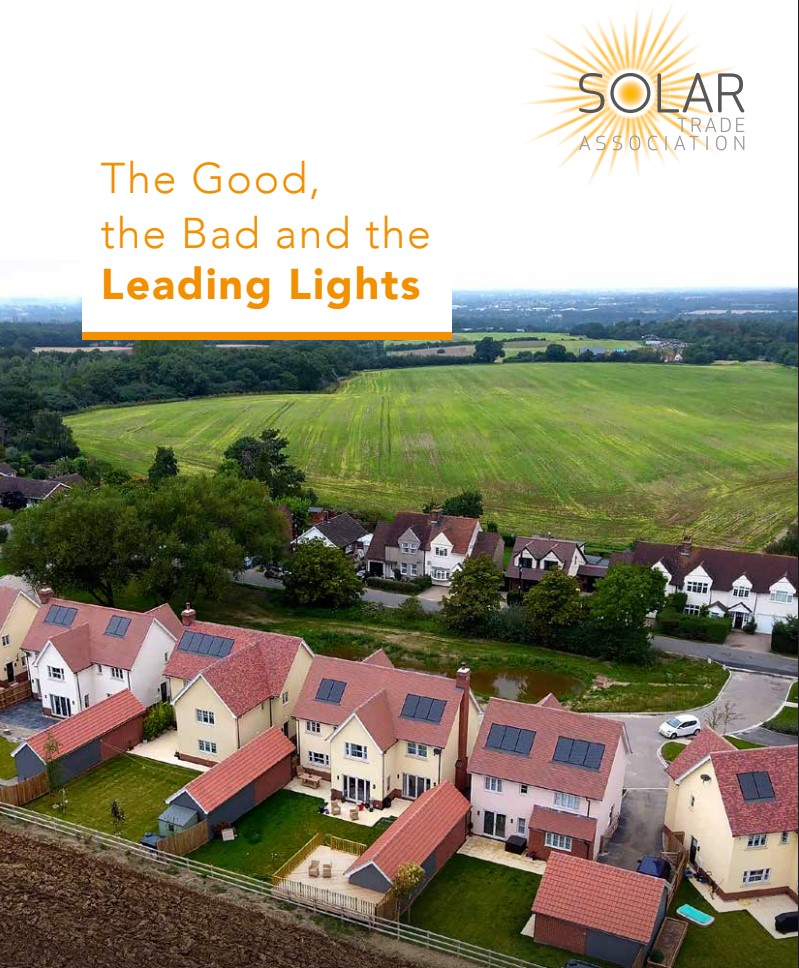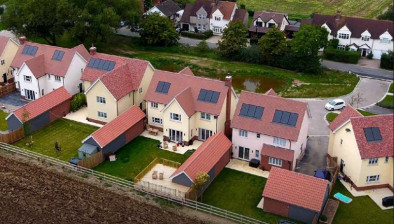Building standards at Scottish local authorities continue to edge English counterparts
New research on local authority building standards has been published which reveals the six Scottish local authorities which go well above national requirements.

In January this year, the Solar Trade Authority (STA) issued Freedom of Information (FOI) requests to every local authority in the UK.
Analysis of the responses reveals over half (51%) of all local authorities have implemented standards that go above national requirements with more than one in every six of these local authorities (17%) setting policies which the STA considers to be ‘Leading’.
The six Scottish local authorities identified as having ‘Leading’ policies which go well above national requirements were:
- Aberdeen City Council
- Aberdeenshire Council
- East Dunbartonshire Council
- East Renfrewshire Council
- Fife Council
- Stirling Council
Chris Hewett, STA chief executive, said: “Good local new build policies have played a vital role in the pushing housing developers to build greener homes. Our members are installing more solar roofs in those parts of the country where local authorities are taking climate change more seriously.
“The regulation of building standards is a particularly important area in which local administrations have powers to determine higher, more stringent requirements than those set out at national level and can act to improve said standards without financial constraint.
“We applaud the local authorities that have established higher standards and the vital contribution they are making in the drive towards net-zero greenhouse gas emissions by 2050.”
The built environment contributes to approximately 40% of the UK’s emissions share with energy use in homes accounting for about 14% alone.
The government last week published a consultation on the Future Homes Standard, which puts forward proposals that would lead to over 30% reductions in carbon emissions for new dwellings by utilising low-carbon energy technologies such as solar.
Some concern has been raised regarding whether these proposals will limit the ability for local authorities to set higher standards in the future.
Polly Billington, UK100 director, said: “The government is proposing to limit the ability of local authorities to help the UK meet its net-zero target by setting national standards as a ceiling when they should be a floor. Many of our members, including Milton Keynes, Bristol and East Dunbartonshire, have set building regulations and planning guidance to drive higher standards for new homes, making homes more affordable to run as well as reducing the contribution to climate change.
“The fact that more than 50% of local authorities already exceed national standards demonstrates the ambition of local leaders, which should be supported by the national government.”
The research also found that Scottish local authorities continue to edge their English counterparts owing to higher national standards established by the Scottish Government.
These higher standards have not affected housebuilding levels in Scotland, with steady development of more than 15,000 homes a year for the last four years running.
Anecdotal evidence provided by STA Scotland members indicates that more than 80% of new dwellings in Scotland are now built with solar.




















